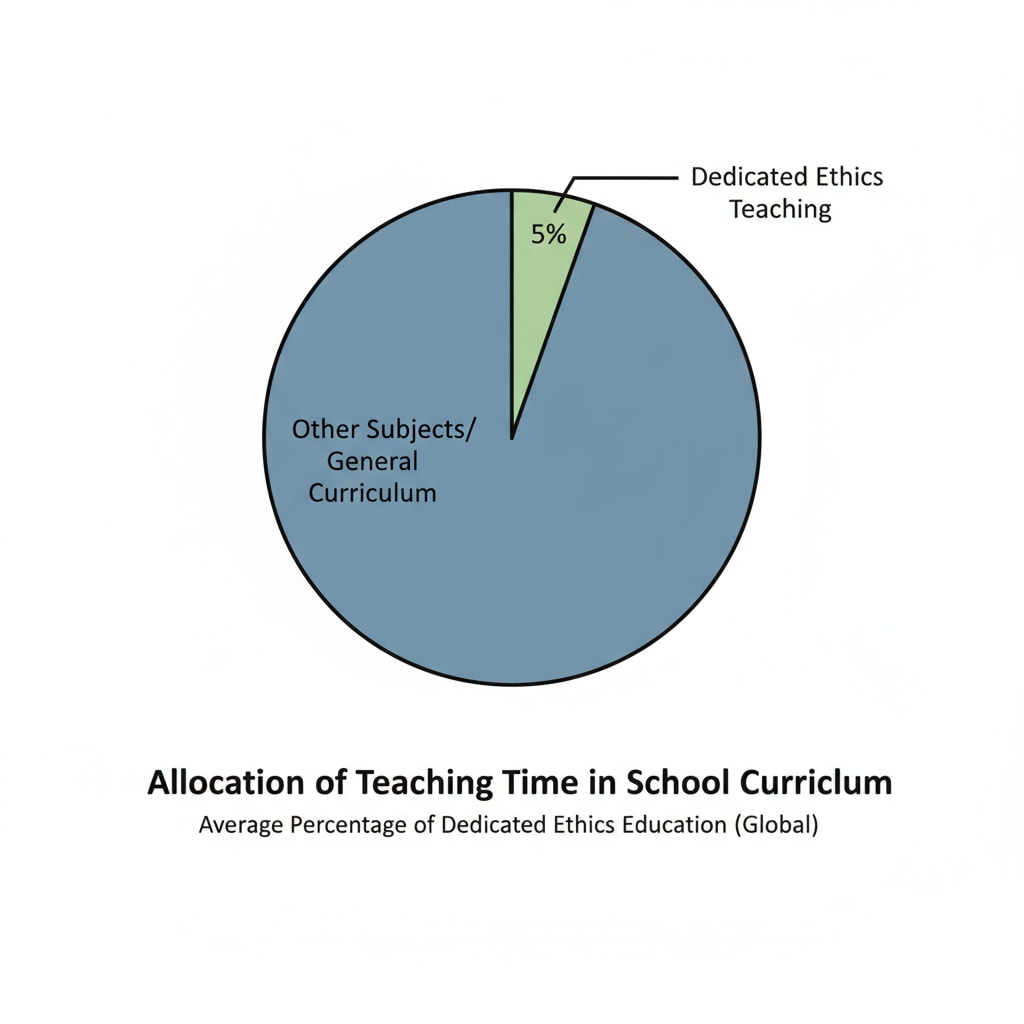In the realm of educational reform, the idea of introducing ethical courses as compulsory credits in the K12 system has sparked a lively debate. As society evolves, the need for students to develop a strong moral compass has become increasingly evident.

This article aims to explore the necessity and practicality of such a curriculum addition.
The Current Ethical Education Gap
Currently, the K12 education system places a significant emphasis on academic subjects like mathematics, science, and language arts. While these are crucial for intellectual development, ethical education often takes a backseat. For example, a study by the National Education Association National Education Association reveals that many schools lack a structured approach to teaching ethics. As a result, students may graduate with excellent academic records but lack the moral and ethical understanding needed to navigate complex social situations.

The Need for Compulsory Ethical Courses
Compulsory ethical courses can play a vital role in shaping students’ character. Firstly, they help students develop empathy and understand the impact of their actions on others. Secondly, these courses provide a framework for making ethical decisions. For instance, through case studies and discussions, students can learn to analyze ethical dilemmas and choose the right course of action. Moreover, in an increasingly globalized world, having a common set of ethical values can foster better communication and cooperation among students from diverse backgrounds.
Readability guidance: Each section clearly presents a key point related to the topic. The use of examples helps to illustrate complex ideas. Transition words like “firstly”, “secondly”, and “moreover” are used to connect thoughts.
Implementation Paths for Compulsory Ethical Courses
To successfully implement compulsory ethical courses, several steps can be taken. Firstly, teacher training is essential. Teachers need to be equipped with the knowledge and skills to teach ethics effectively. Secondly, the curriculum should be carefully designed to be age-appropriate. For younger students, it could involve simple stories and activities, while for older students, in-depth discussions and research projects could be incorporated. Additionally, schools can collaborate with community organizations to provide real-world examples and experiences for students.
Readability guidance: This section uses a list format to clearly present the implementation steps. The use of transition words “firstly”, “secondly”, and “additionally” makes the flow of information smooth.
In conclusion, the inclusion of ethical courses as compulsory credits in the K12 education system is not only feasible but also necessary. It addresses the current ethical education gap and contributes to the development of well-rounded individuals. By implementing proper training, designing suitable curricula, and fostering community partnerships, we can ensure that future generations are equipped with the moral and ethical tools to thrive in society. Ethical Courses, Compulsory Credits, and Educational Reform are indeed the keys to a more ethical and harmonious future.


